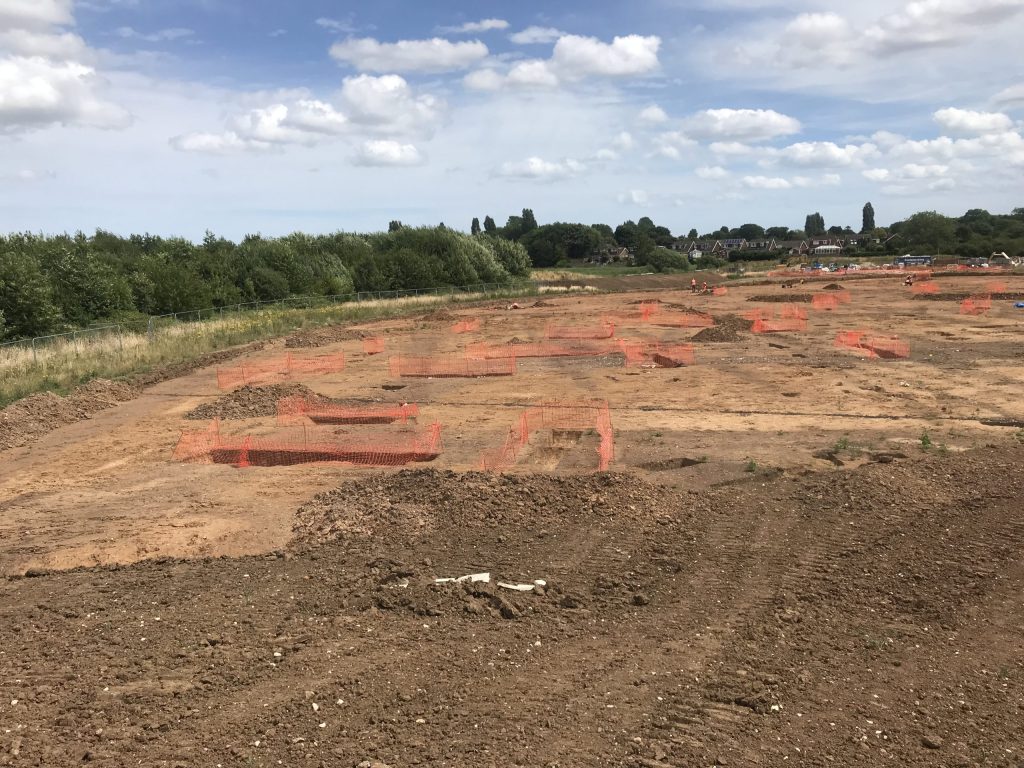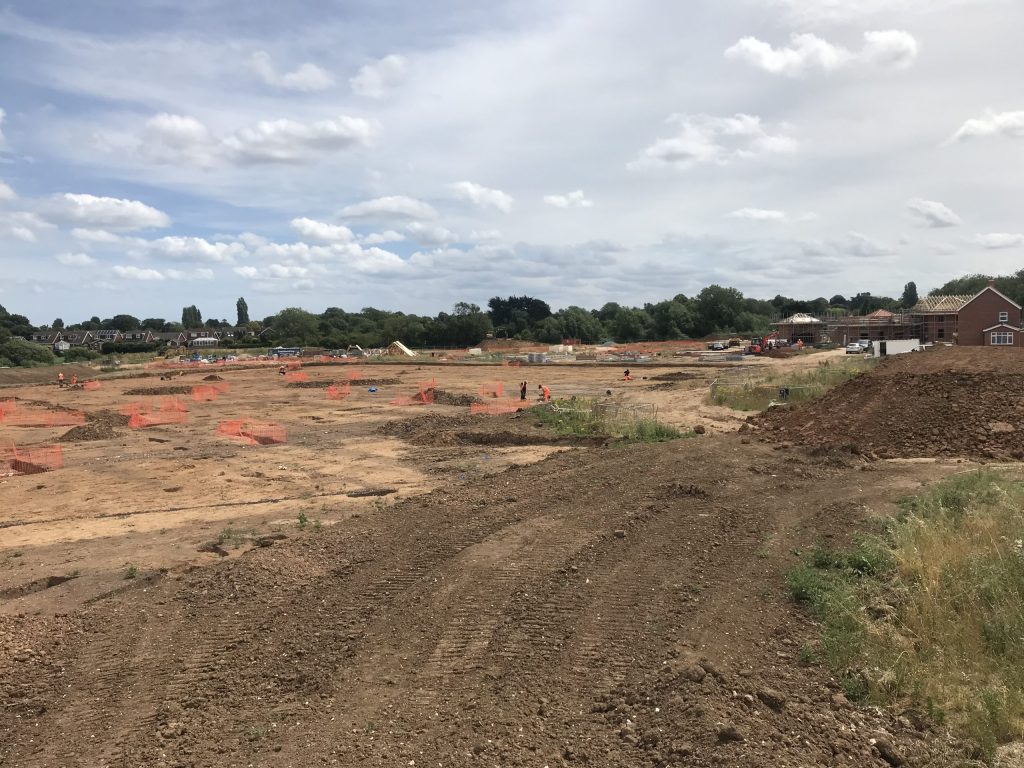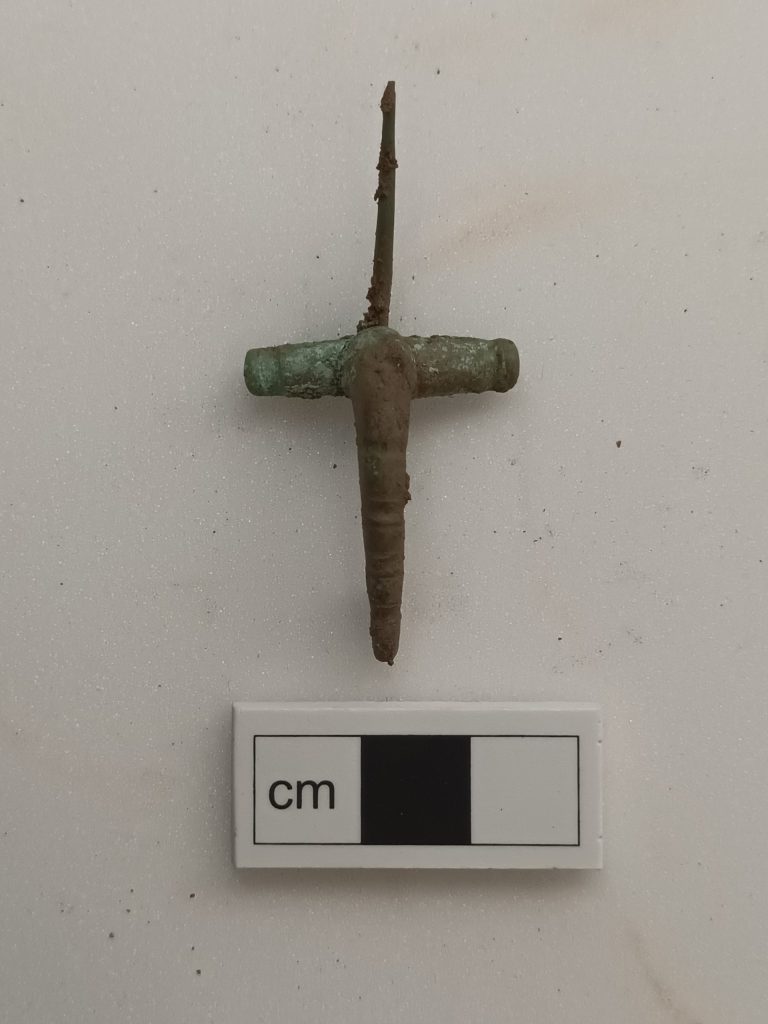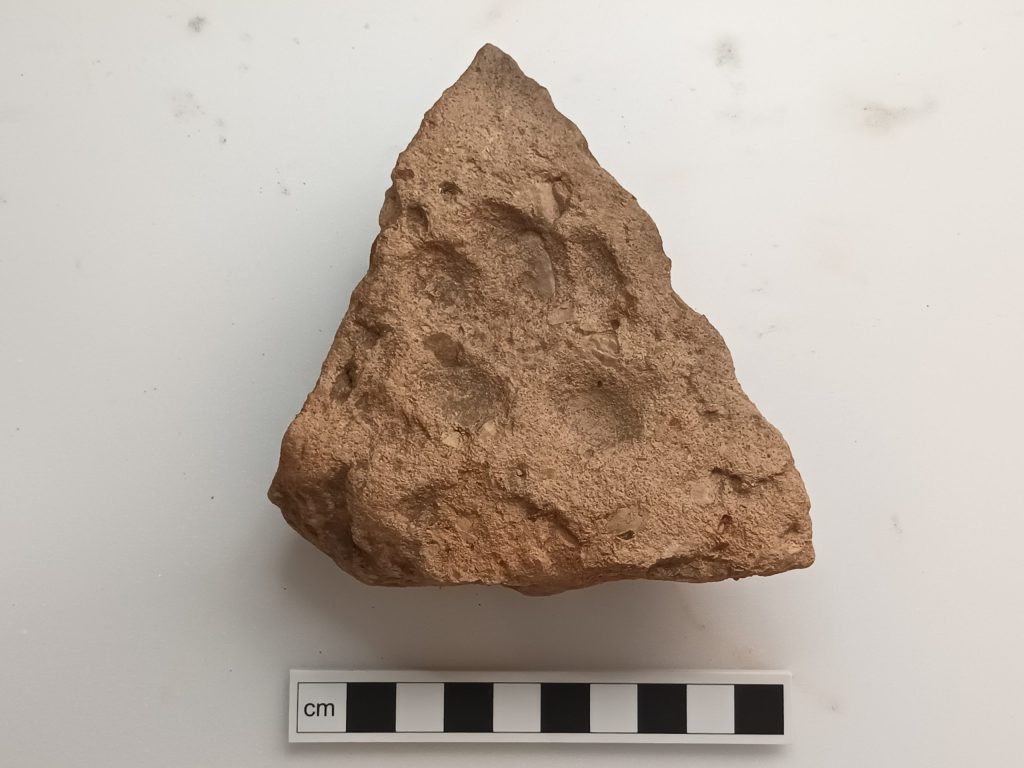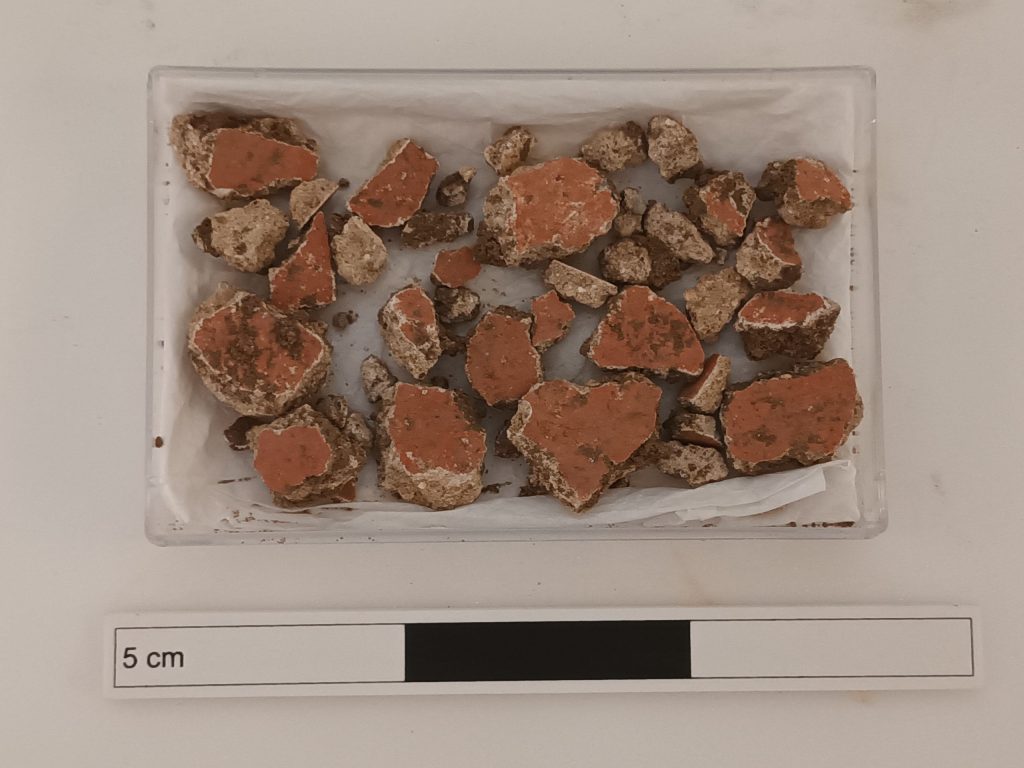Archaeologists have discovered the distinctive ‘ladder settlement’ as part of the planning requirements laid out by Equans, on behalf of North East Lincolnshire Council, ahead of a housing development being permitted in Healing.
Due to the archaeological interest in the area, and the potential for further significant archaeology still being buried under the development site, a programme of archaeological investigation was agreed with Cyden Homes to ensure that we could properly understand the site before it was built on.
Investigations have been undertaken by Allen Archaeology Ltd on land off Larkspur Avenue for nearly a decade and the site is now nearly fully excavated.
The initial season of excavations identified a ‘ladder settlement’ itself comprising of four enclosures attached to a main boundary and dates back to the 2nd to 4th century AD. The works uncovered evidence of a small hearth and watering holes. Ladder settlements are so named because their linear trackway with enclosures attached to either side resembles the shape of a ladder.
Further seasons of excavation work revealed that the ‘ladder settlement’ enclosures became increasingly subdivided into smaller parcels of land. In the areas where the ground conditions became wet and marshy hard surfaces were created.
Lots of animal bone were recovered from the site, which means that they kept animals such as cows and sheep. A corn dryer and several quern stone fragments suggests farming and processing of crops.
The site also has a large post-built building which appears to have had plaster on the wall. The wall plaster is unusual on this site, highlighting this building as something a bit more special than others on this site.
The final phase of the excavations is currently ongoing, and the archaeologists are finding more evidence of people living and farming the land here. Another large post-built building has been found as well as, so far, two poorly preserved human burials. Also, a small square enclosure has been exposed (but not yet investigated) which is too small to be a stock enclosure and may suggest a ritual function.
Louise Jennings, Heritage Officer at Equans who operate North East Lincolnshire Council’s Development Services, said “Before new developments get underway it’s vital that we are able to gain as much information about these potentially archaeologically significant sites as possible. This allows us to broaden our understandings of North East Lincolnshire’s place in history, and deepens our knowledge of what life was like at various points of the past. This site is a great example of what can be achieved when we work together with developers. This site was inhabited for at least a few hundred years and we can see from this site the way the people here were living and adapting their settlement to suit their needs”.
The final report and archive will be deposited with North East Lincolnshire Museums Service.
